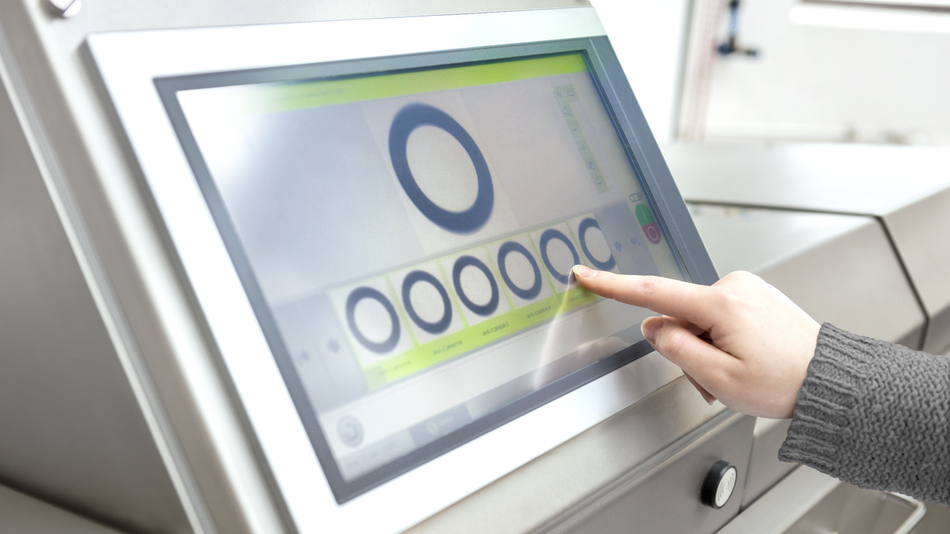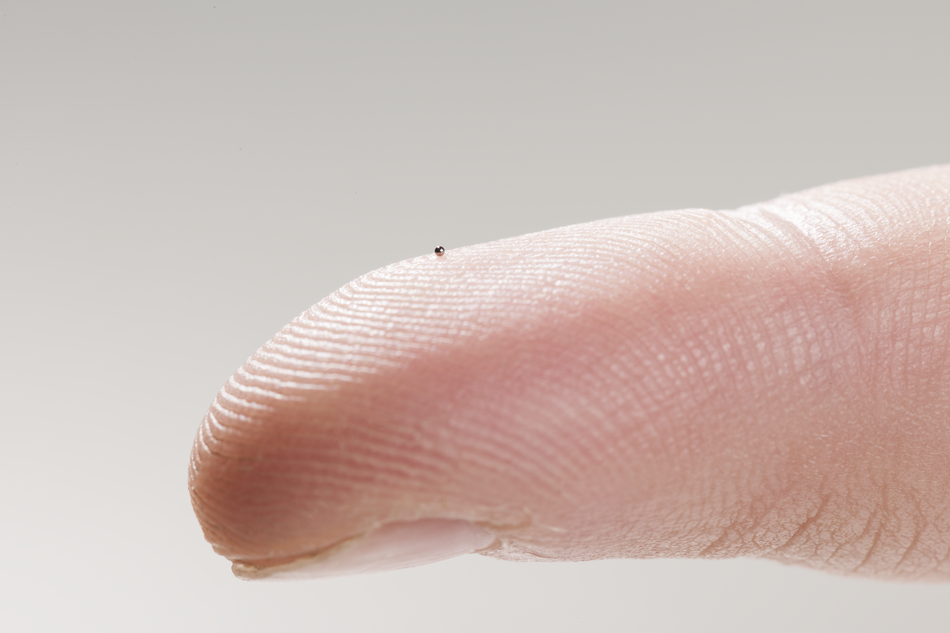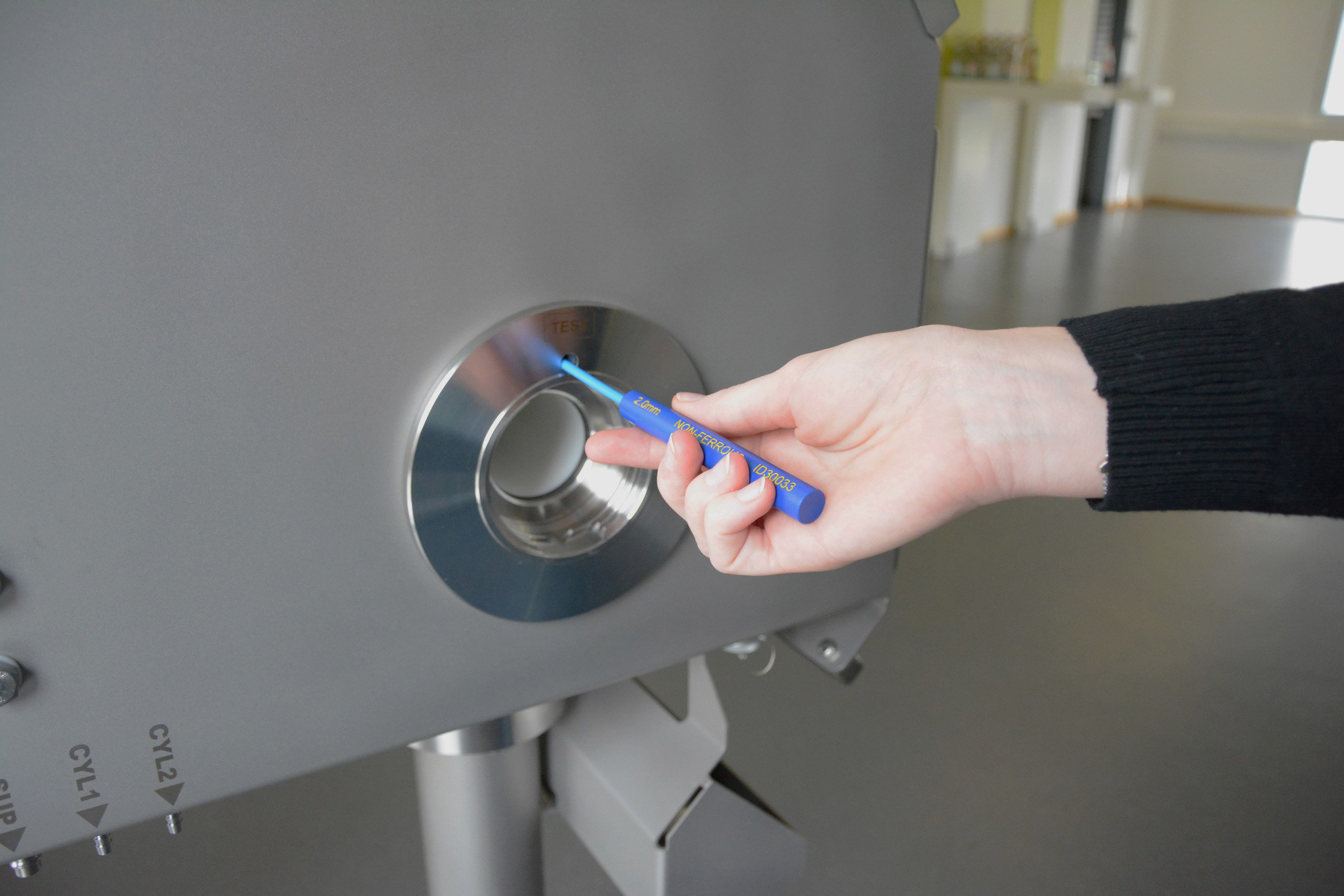Compendium of Foreign Body Detection - PART 4
To ensure that the deployed foreign body detectors operate within the sensitivity standards, regular tests (verification tests) are necessary. It must be checked whether foreign bodies are reliably detected and, in the case of a contaminated product, appropriate ejection mechanisms or signal and warning devices are triggered.
Execution of the examination
In principle, the verification tests should be conducted with the highest demands on the detector (worst-case scenario). This includes:
- Use of types of contamination that are expected or most difficult to identify
- Placement of the contamination at the position within the product where it is most difficult to identify
- Placement of the contaminated product at the location of the detector where the sensitivity is lowest (usually the center of the detector)
- Testing the ejection/signal device with several contaminated products in succession
Use of Test Bodies
For the verification tests of foreign body detectors, ferrous (FE), non-ferrous (NFE), and non-magnetic stainless steel samples (V2A) are generally used. The test bodies are spherical, allowing for position and shape-independent testing. Sesotec provides you with various types of test bodies with embedded test balls:
- Test MiniStick 10 x 10 x 20 mm made of Plexiglas
- Test Stick 10 x 10 x 100 mm made of Plexiglas
- Test Cube 20 x 20 x 20 mm made of Plexiglas
- Test FlexStick l = 250 mm
- Test ball Ø 25 mm made of POM
In principle, verification tests can be conducted solely with test bodies, without the product. However, a reliable test of the detector should always be performed with the product. For this purpose, a test body is placed in or attached to the product at the point where identification is most challenging for the detector. If the test is conducted with test packages (test bodies in or on the examined product), it must be determined before the test
- how to ensure that the product used is free from contamination before the test bodies are applied,
- where on the product the test bodies need to be applied,
- after what period new test packages should be used (product aging leads to false rejects),
- how to ensure that the test package does not enter the supply chain (e.g., through colored marking).
Frequency of Tests
Verification tests should generally be conducted at the following times:
- during shift changes or at the beginning and end of daily production
- when a product change has been carried out
- when a batch change has been carried out
- when machine settings are changed
- after production has been halted, e.g., due to repairs
- regularly during production
Within a verification process, three test runs per test body and position are considered necessary. With good detection performance, one test per test body and position is considered best practice.
*Food standards of the British Retail Consortium
Explore the four parts of our compendium.

PART 1
Basics of Metal Detection
This chapter provides an overview of the role and effectiveness of industrial metal detectors in the food industry.

PART 2
X-ray Inspection Systems for Food
Learn how X-ray detectors identify organic and inorganic contaminants in food products.

PART 3
HACCP in the Food Industry
This chapter explains at which points in the production cycle quality assurance measures should be implemented.

